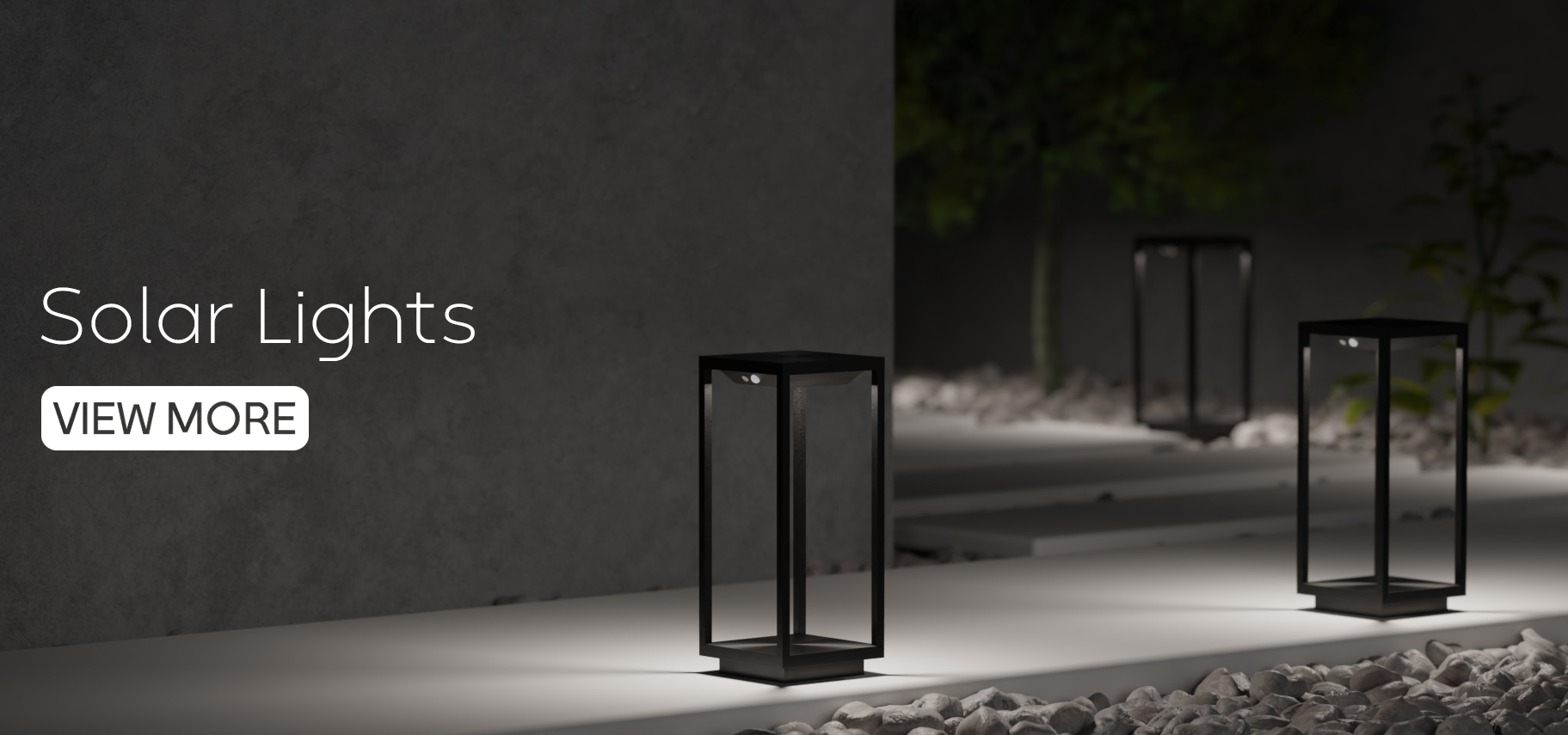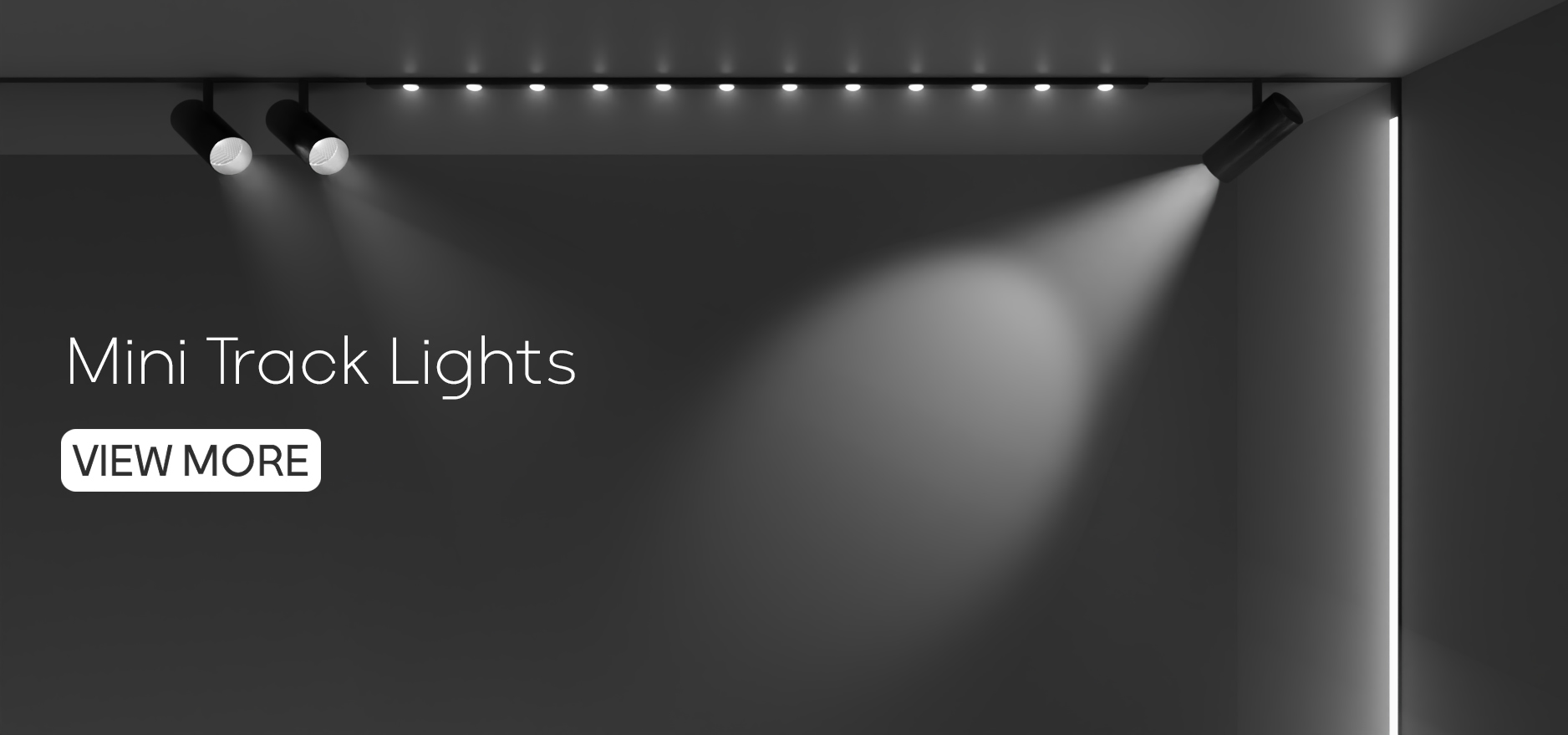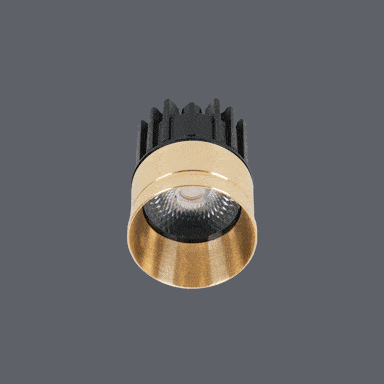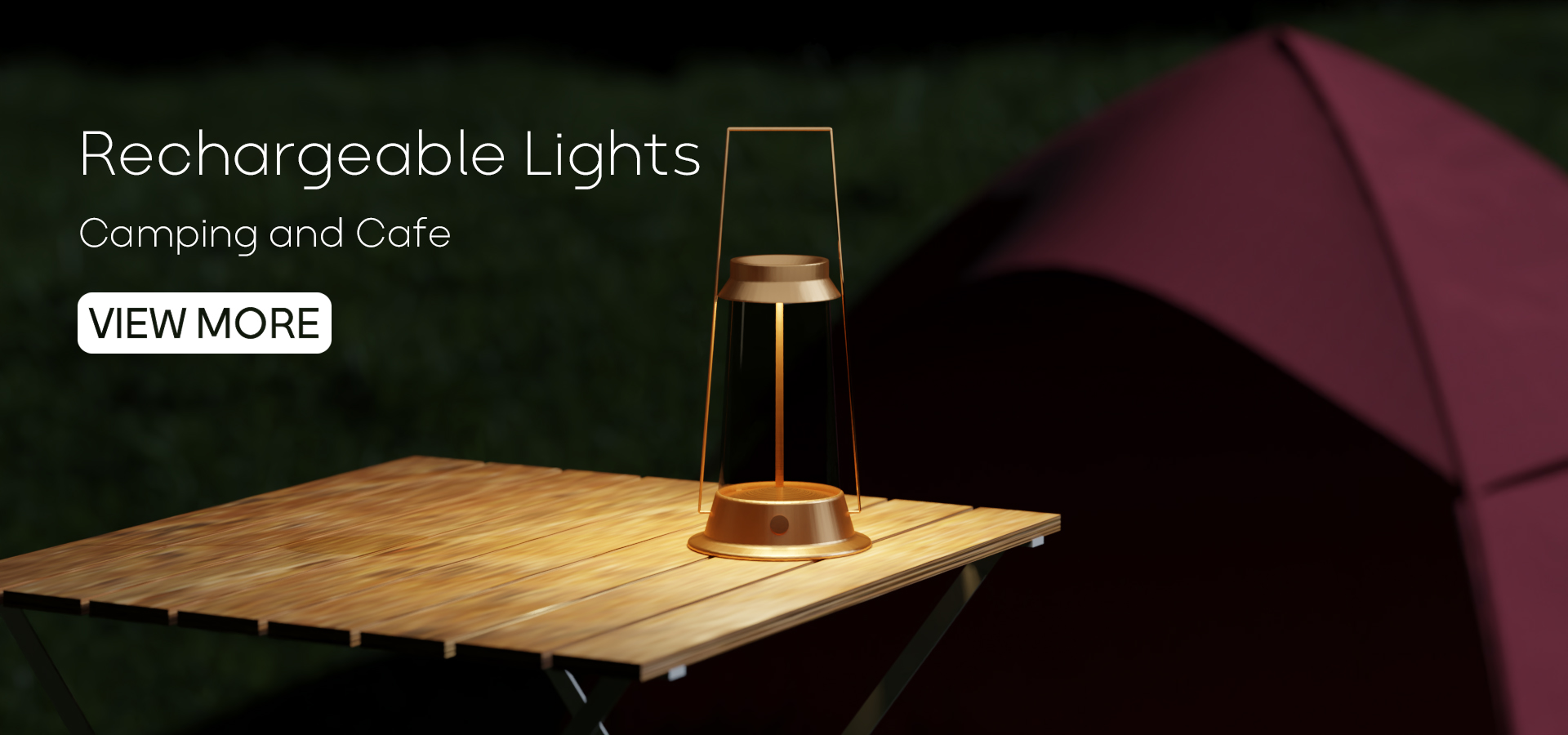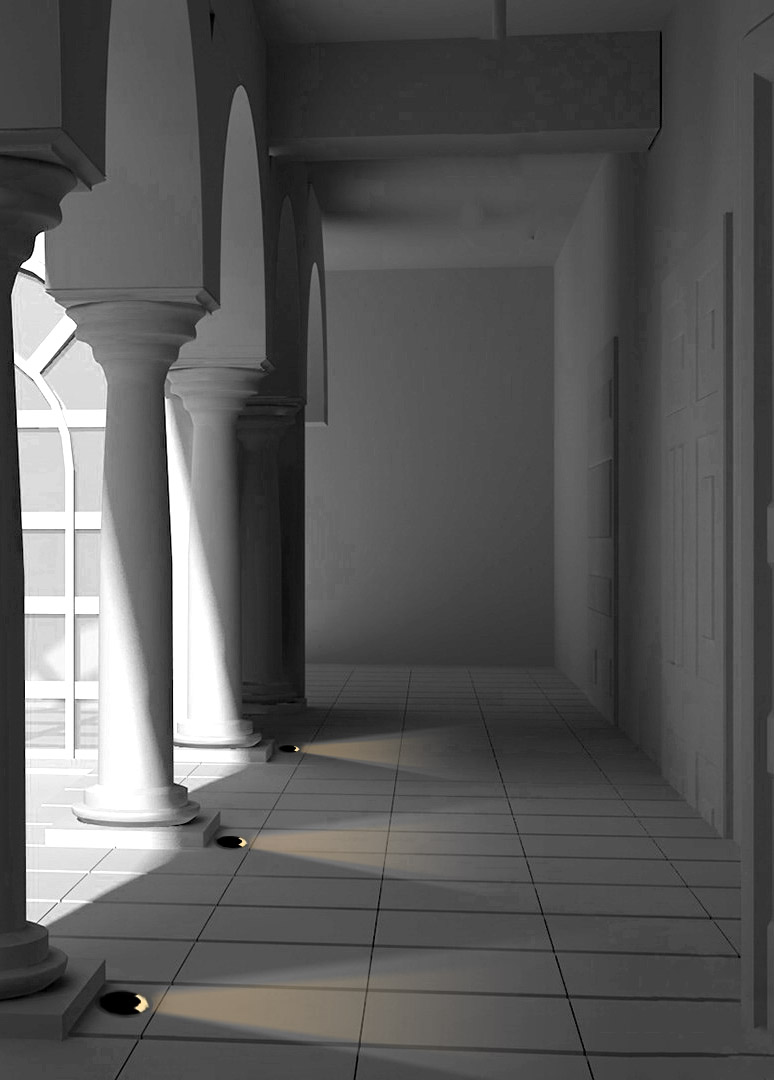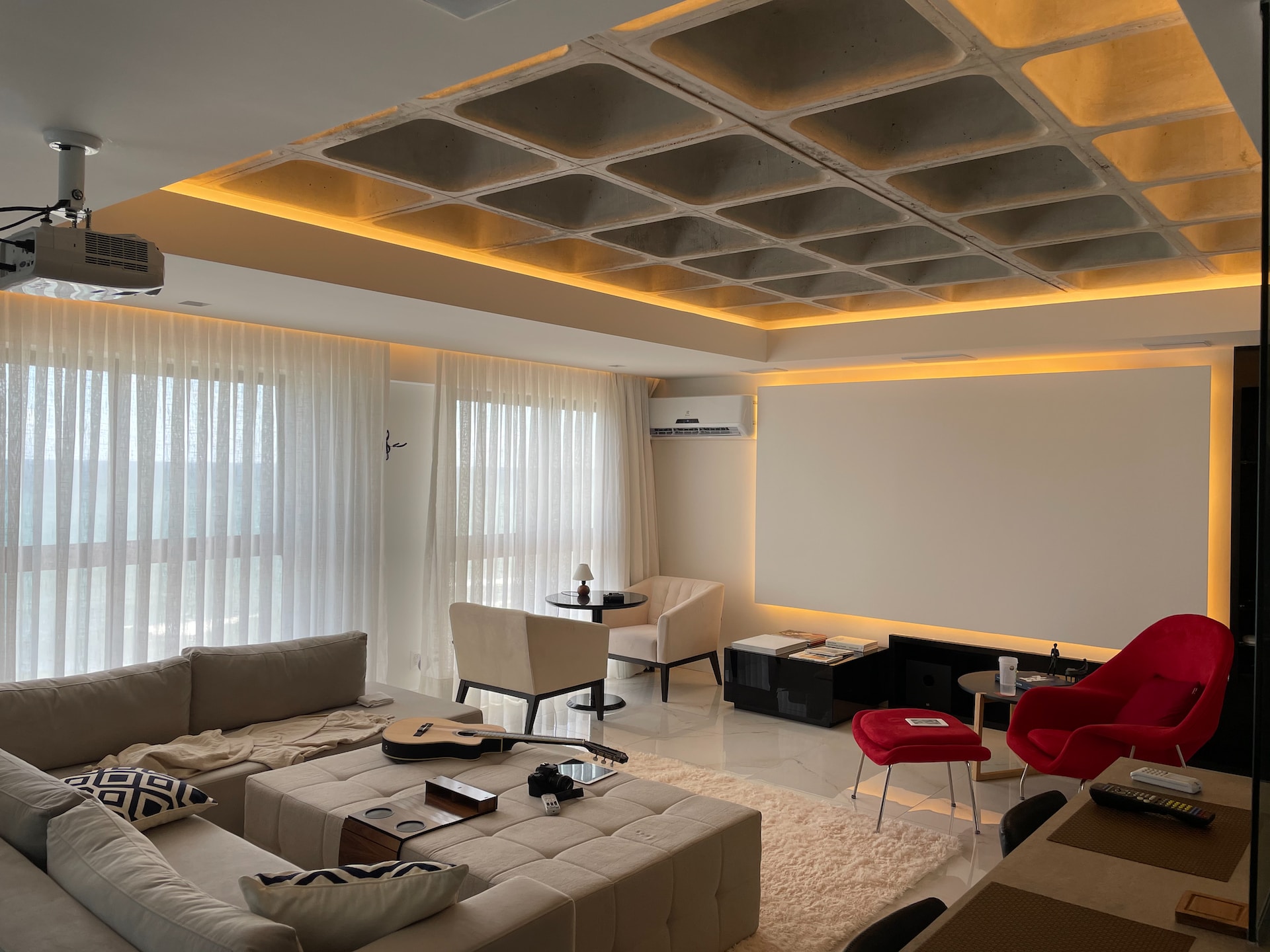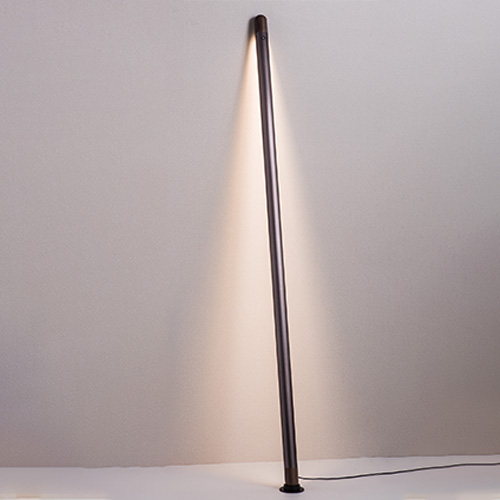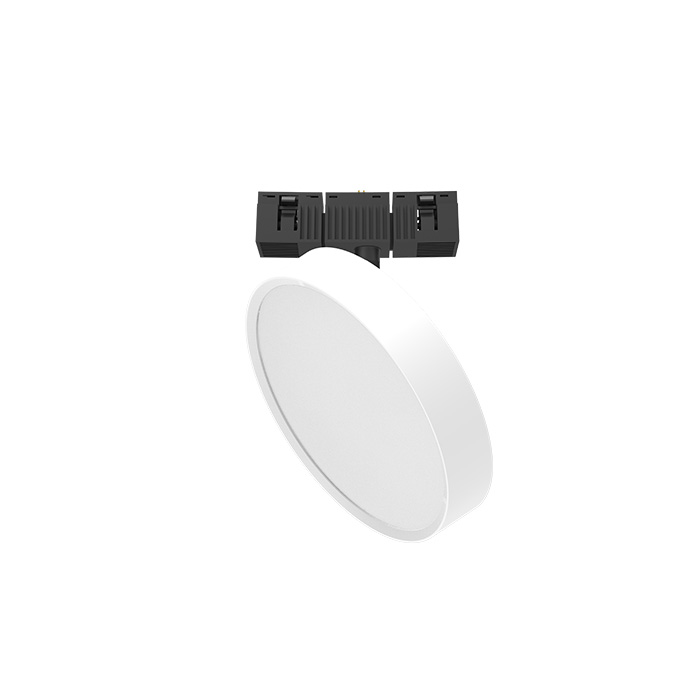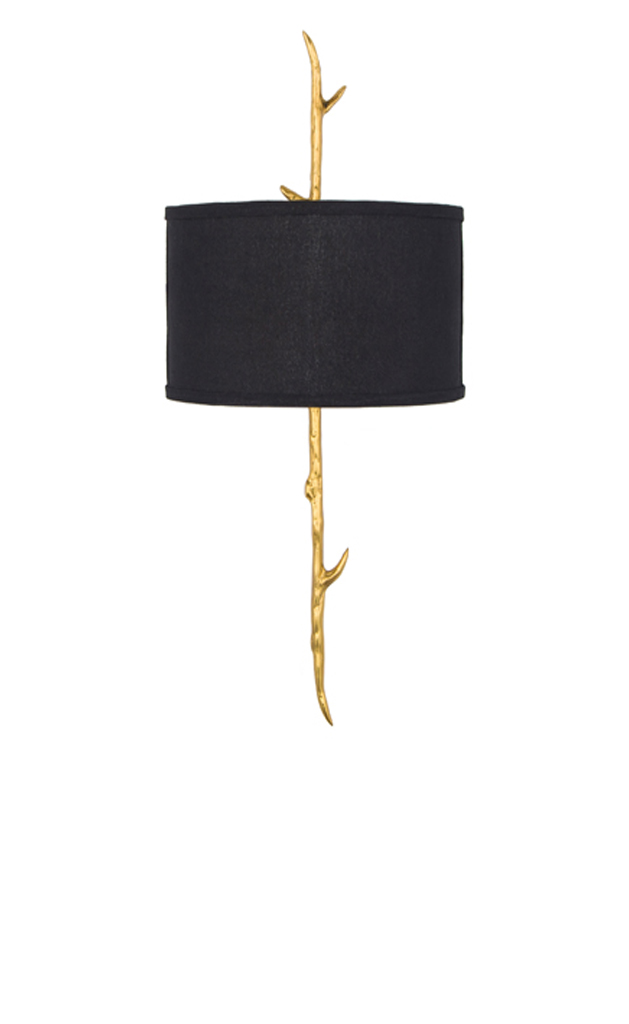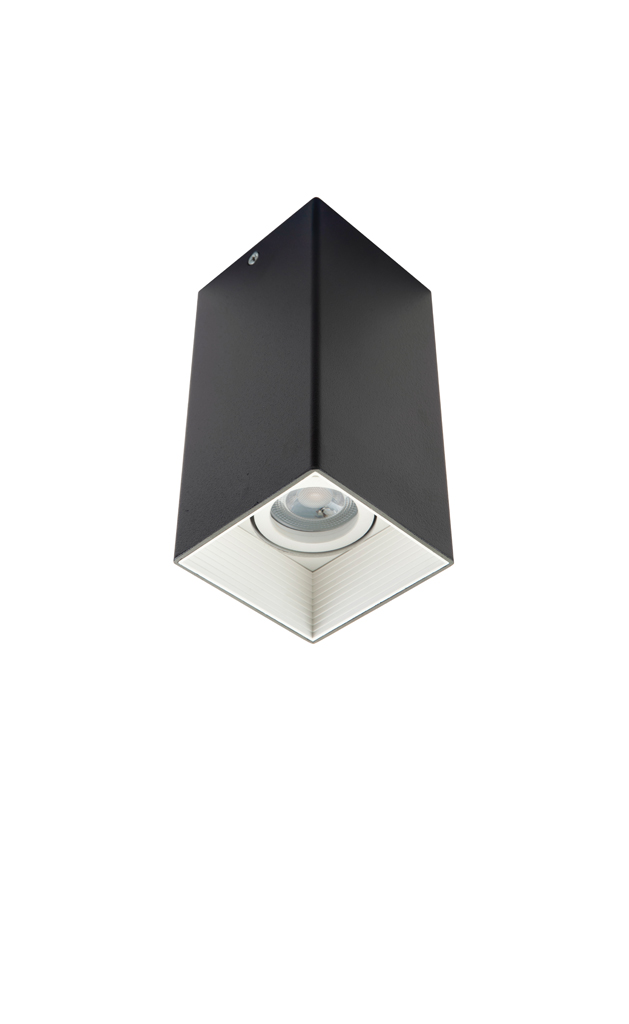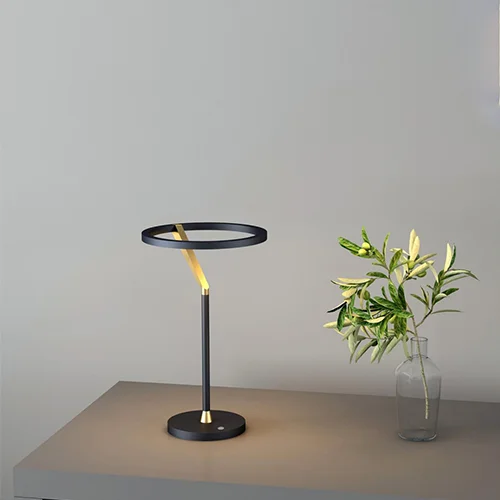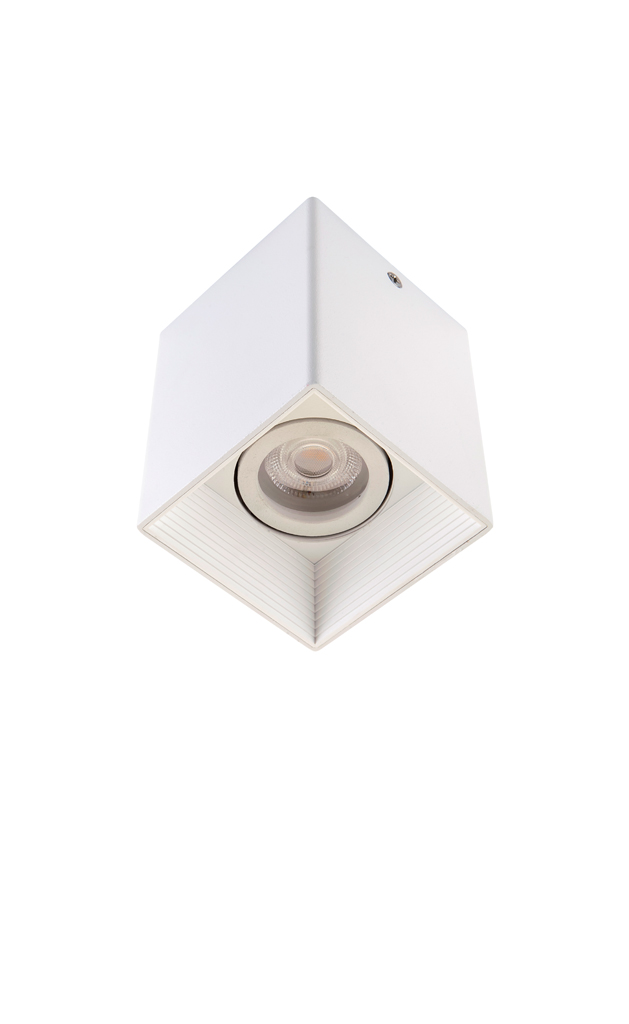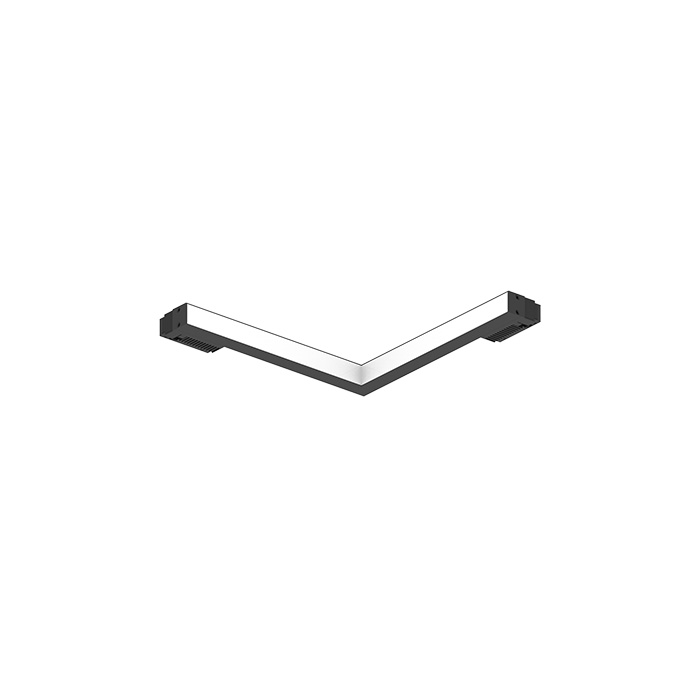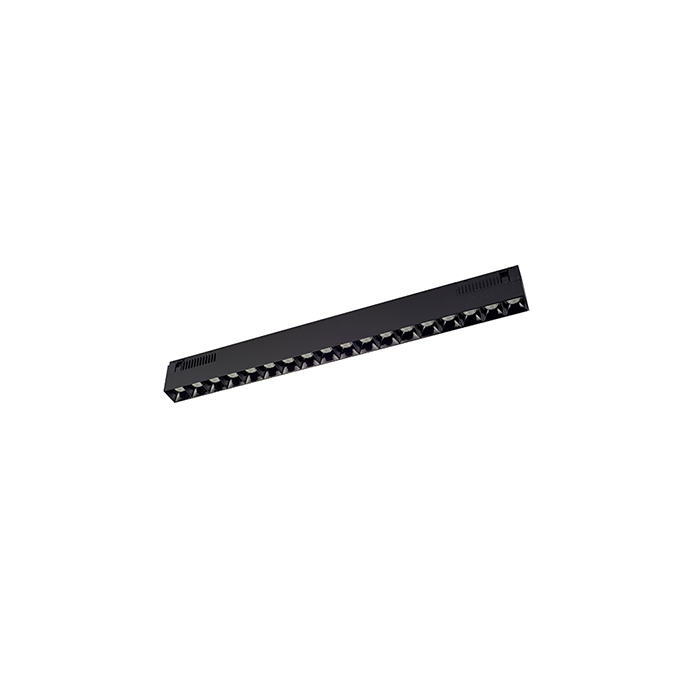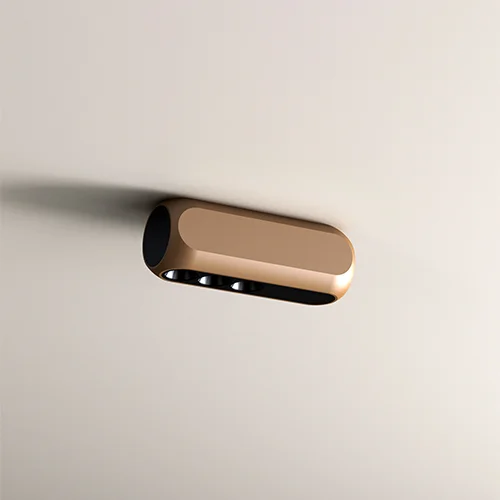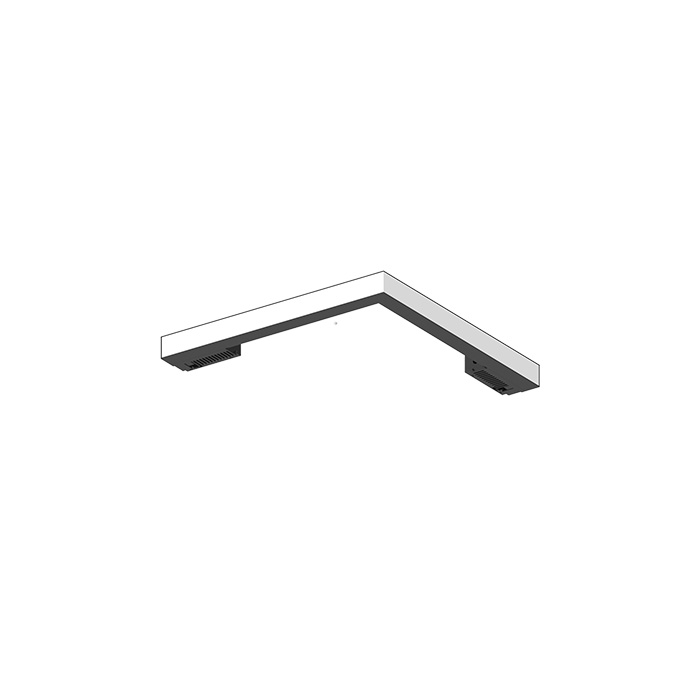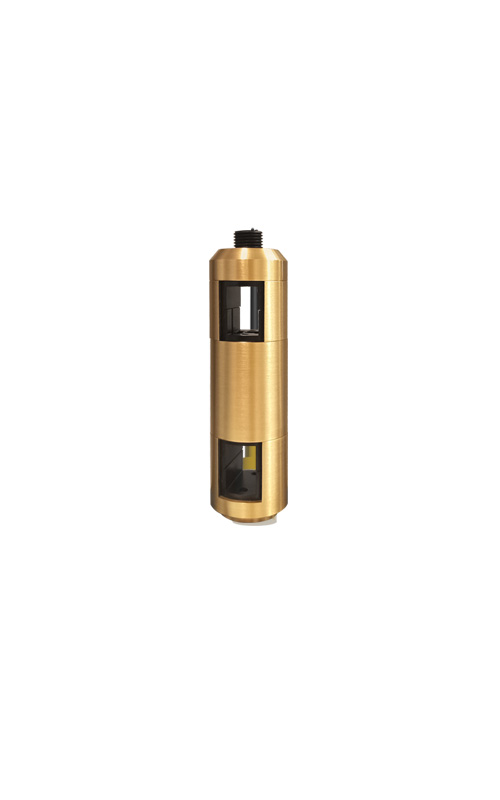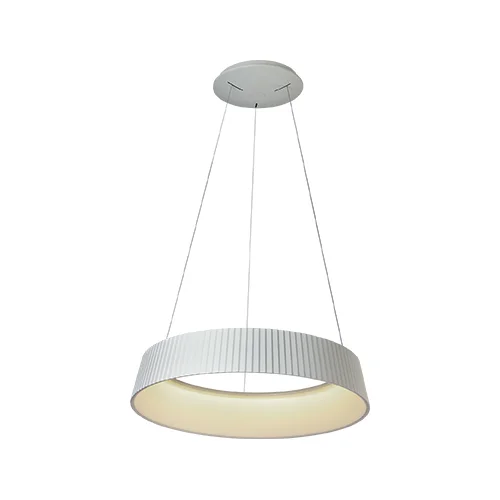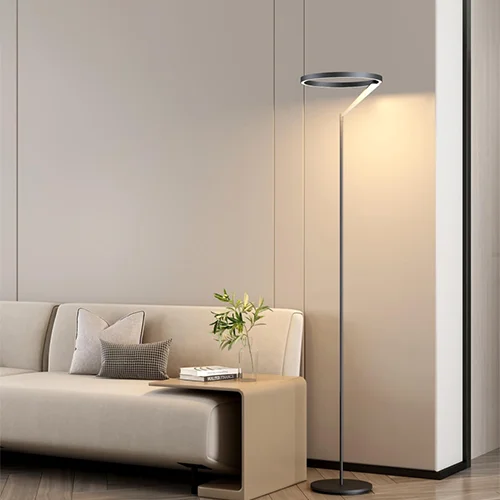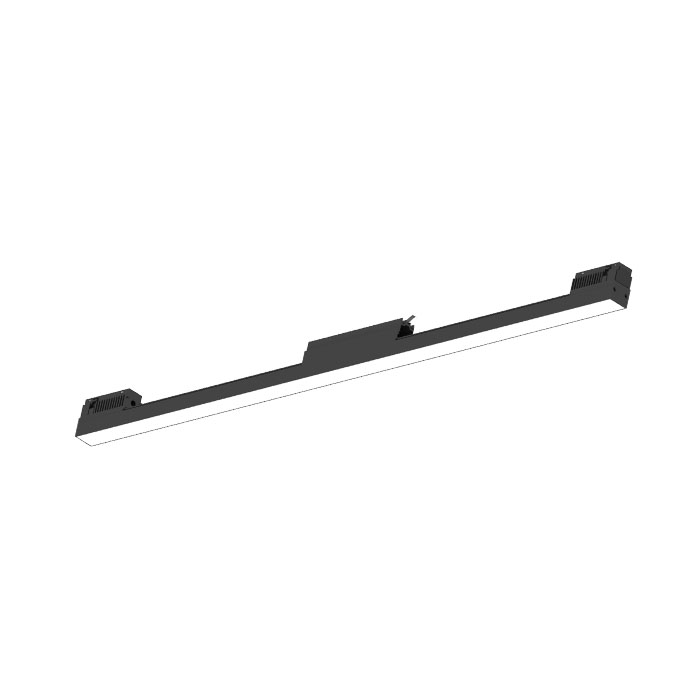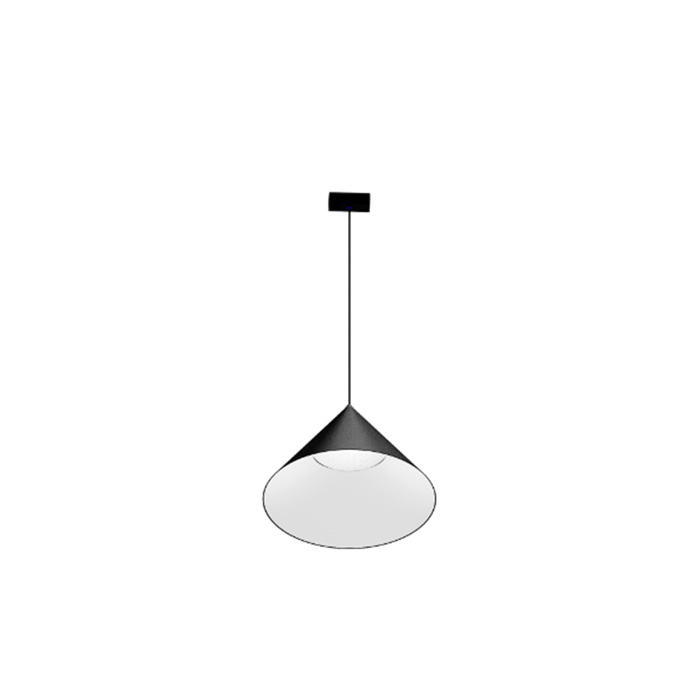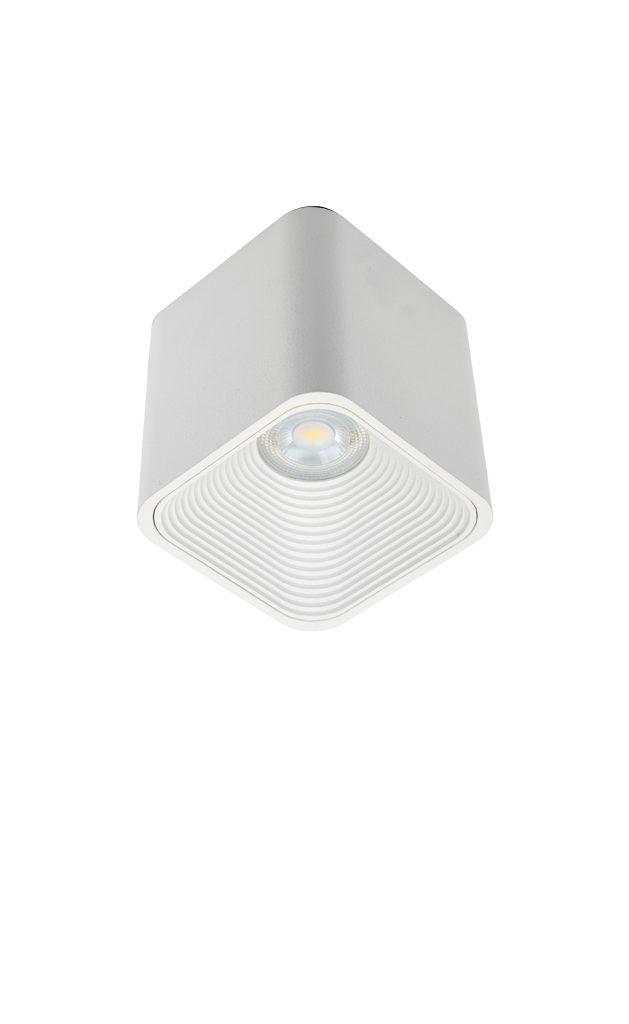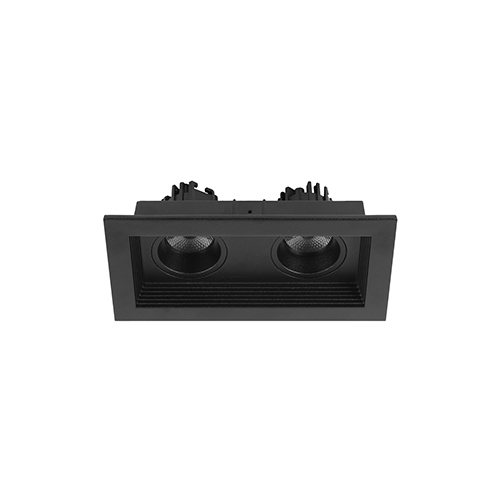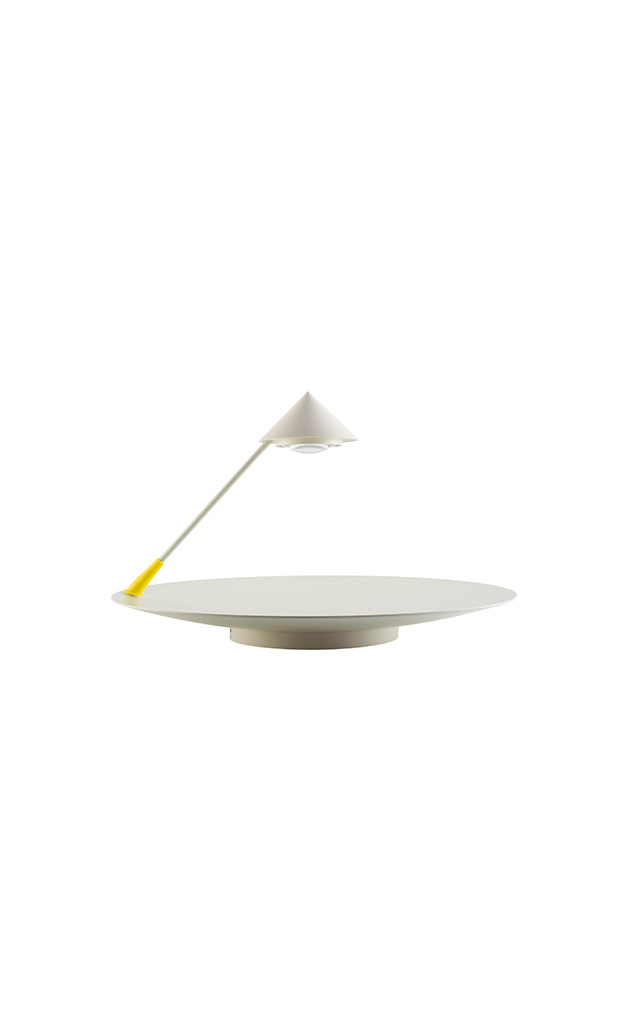For interior design architects, both modern and classic lighting are important. The term "modern" in Nooran Sky lighting products can be looked at from two different angles.
Lighting in a Modern Style
Minimalism is the most popular modern home design trend. Visual components and details are minimized in this style. Different types of ornamental lights with basic designs are employed in modern lighting. These lights are built in the simplest but most appealing manner conceivable. Minimalist design is popular in lighting and light design. Too much light is prohibited in this design, whether it is building façade lighting or interior design illumination. This category includes wall lights, ceiling lights, pendant lights, track lights, and other types of lighting.
Different Lights and Their Functions
Lighting is always one of the most important aspects of any place, and it has a significant impact on the beauty and harmony of many aspects of any building. Why? Because it first brightens the surroundings, and then, by adhering to basic norms, it makes any given area twice as lovely.
The purpose of this article is to introduce various types of lighting in diverse locations. Stay tuned and take use of the useful information in this post.
Various Types of Lightings
One of the most significant and influential aspects of interior design is lighting. That's why having solid expertise in the area is essential for getting the job done right.
In truth, lighting in the home or workplace plays an important role in its beauty, but it must be appropriate and sufficient. It means that too much or too little lighting in a room not only has no effect on the attractiveness of the surroundings but also makes the interior decorating congested or lifeless.
If we wish to categorize lighting, we must consider which model is appropriate for our intended setting and location. In the following section, we will go through various types of interior lighting.
In general, there are two forms of lighting:
-
Natural Lighting
One of the varieties of lighting is natural lighting. To be clear, natural lighting is the light that enters the home through windows or blinds.
You may argue that this form of lighting is not optional and has little influence over house lighting. But it's important to remember that any building—residential, commercial, office, or open space—can be created or planned in such a way as to draw the most light into its interior. Because of this, when designing and choosing the planned structure, keep in mind that without natural light, even the greatest artificial lighting would result in a room that is dark and gloomy, and even worse, there would be a need to waste expensive electricity and artificial lighting.
The beauty of the environment and people's motivations can be enhanced in a wholly natural way by large and sunny windows in homes or places of business.
Additionally, sunlight helps alleviate depression. Natural light can inspire you and others around you if you become too exhausted at home or at work.
-
Artificial Lighting
Artificial lighting is incompatible with natural lighting, as is evident from its name. Artificial lighting is any light that is not from the sun.
Artificial lighting should be used and set up properly, just like natural lighting, because it has a greater aesthetic impact than illumination. It is important to be aware that numerous lamps and lanterns, including track lights, decorative lights, and similar fixtures, enhance a location's aesthetic value.
It's interesting to learn that there are various categories of artificial light, each of which serves a particular purpose. The next paragraphs describe various varieties of these artificial lights.
Ambient Light
This kind of lighting may illuminate the surrounding area and disperse light throughout the entire space. Halogens, pendant lights, chandeliers, and other types of illumination are used for this. and is important in supplying light to various public spaces. Moderate ambient lighting avoids light diffusion.
Spot Light
This kind of building illumination concentrates on a specific area. Spotlighting emphasizes the significance of these places since they may have a larger visual emphasis or greater impact on the viewer. By highlighting a certain location or object, spotlighting transforms a setting into something beautiful and inviting.
This lighting can be used to emphasize various collections, couches or other furnishings, art exhibitions, etc. Common spotlighting techniques include using lights that are mounted on walls, ceilings, or a short distance from the subject.
Decorative Light
Different administrative, residential, commercial, and even open spaces might use decorative lighting. As is obvious from the name, this type of lighting just serves as decoration and provides minimal illumination for the area that it is meant for.
In reality, decorative lighting aids in creating a more alluring mental picture of a subject or a product in the mind of the viewer. It is important to remember that cover lighting, a type of decorative light, is one of the things that contributes to a space's beauty.
Accent Light
Accent lighting is a sort of lighting that only illuminates a certain area of a room. This light is only used to draw attention to or separate a subject from the surrounding area. Accent lighting is provided via track lighting, LED projectors, and spotlights.
Task Light
It is impossible to access a type of light that is focused on a certain surface like public light. This lamp can be used to illuminate areas like dining tables, desks, sewing machine tables, and more. For instance, there are specific kinds of shade lamps that provide adequate lighting while producing little shadow.
Important Elements that Affect Environmental Lighting
Among the many lighting solutions available, selecting the right light depends on a number of important considerations.
One of these factors is the use of less power. Despite their attractive appearance, many lanterns and lights are energy-consuming and result in a large bill. Try to select lighting that is both aesthetically pleasing and energy-efficient.
The location of where you plan to install lighting is another important consideration. Of course, since light is crucial to an employer's activities, the low light used in a bedroom is not a smart choice for an office setting.
Fluorescent lights are thus the greatest options when choosing an appropriate light for commercial and administrative settings because they don't irritate employees' eyes and produce adequate light for them to perform their duties.
The location's architectural design is the additional consideration. For instance, with minimal design, there is little sign of elaborate lighting and only the necessary illumination (such as track lighting or basic ambient lighting) is required.
But you need to employ sophisticated lighting in locations like hotel lobbies, ceremonial halls, and contemporary or classic luxury restaurants. Because people are drawn to these locations by this light, which is likewise attractive.
The most important decision in any design is selecting the appropriate lighting, and architects must pay special attention to this decision because it affects a lot of other factors.
Final Words
By selecting any of these lights, you can give your intended location a new and appealing look. You must take into account the influencing elements when selecting the best lighting for every location.
Therefore, it is best to seek the advice of a designer or counsellor of interior design to choose the best alternative that effectively brightens, enhances, and does not excessively drain the energy resources of the given space.
We hope you appreciate this article. Please let us know in the comments if you have any relevant experience.
FAQ
What aspect of lighting in interior design is most crucial?
One of the most crucial features is how well the light blends with other elements already present in the environment.
Should a place's illumination vary depending on where it is located?
Each component must, of course, have a different illumination because of its distinct role.
Are there any differences between the lighting in commercial and residential buildings?
Although there is some overlap between the lighting designs for commercial and residential structures, it is recommended that they be quite different from one another.

